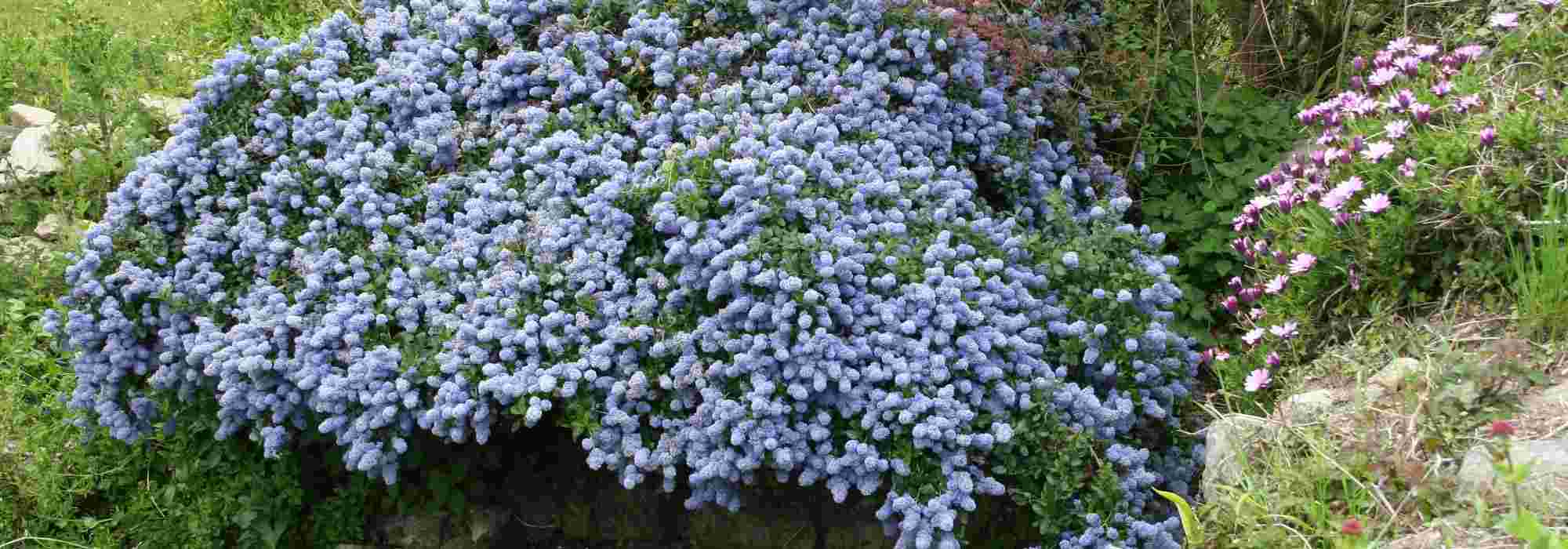
7 evergreen groundcover shrubs requiring no maintenance
or almost!
Contents
An unattractive garden area, a slope difficult to access, a bed too tedious to maintain, a rockery to landscape… These are all situations where planting evergreen groundcover bushes is an excellent solution.
Beautiful all year round and requiring little to no maintenance, these plants also help limit emergence of adventive plants. Mat-forming or creeping, often featuring a pretty flowering and decorative fruit, these useful bushes also stand out for their undemanding nature and low requirements, particularly in water. They also offer a fine diversity that allows them to be used in many situations and garden styles.
Discover our selection of 7 evergreen groundcover bushes, you are sure to find the plant suited to your need!
Creeping Cotoneaster: a classic to rediscover
Overused and poorly used in urban spaces, the creeping Cotoneaster is a well-known bush that unfortunately suffers from a somewhat old-fashioned image. It nevertheless deserves a fresh look because if there is an evergreen bush to plant to carpet a bare or awkward area, it is this one!
Indeed, in addition to having evergreen foliage made up of small green leaves all year round, it bears charming white, melliferous flowers in spring. These are replaced in autumn by small decorative red fruits, which remain on the shoots for a long time and feed birds for much of winter.
Interesting all year round, creeping Cotoneasters are also remarkable for their low maintenance requirements: they are hardy, need very little care, little pruning, adapt to all soils and exposures and even tolerate drought, pollution and lime.
Their very tapetum branches lie literally on the soil and root naturally by layering, their deep roots stabilise the soil. In garden, they are therefore perfect for greening difficult areas such as filled spaces or steep banks.
Among best species and varieties are:
- Cotoneaster dammeri, a classic prized for its vigour, with a spreading habit,
- Cotoneaster microphyllus, slightly taller, compact and creeping.
In garden, pair creeping Cotoneaster with Teucrium, a juniper or Euonymus.
→ Growing: full sun to partial shade, any soil – hardiness: -20 °C and below.
→ Discoverour range of Cotoneasters as well as our tips for how to grow them in our factsheet “Cotoneaster: pruning, planting, maintenance“.
Read also
Hardy geraniums: the best ground coversCreeping rosemary: perfect groundcover for mild climates
Rosemary is often associated with Mediterranean regions, yet it grows very well in all mild climates. In fact, it is hardy to −10 °C and is ultimately more threatened by poorly drained soil than by frost.
Ideal in pots or containers, rockeries, dry gardens, it thrives by the coast, around the Mediterranean, but establishes remarkably well in many gardens if well sited and sheltered.
The Rosmarinus officinalis ‘Prostratus’ is a superb creeping bush that is covered in violet-blue melliferous flowers in spring and winter. Besides the appeal of this long flowering, its aromatic leathery foliage, silvery green with many needles 3 to 4 cm long, spreads up to 1.5 m for a height of 30 cm. Branches closely follow the contours of the ground. A true evergreen groundcover, it thrives in any soil, with a preference for light, dry, even poor, well-drained, calcareous or acidic soils. No other maintenance than a pruning in June (cut back by one-third of the plant)… and for culinary use, it is the creeping rosemary to adopt in any type of garden!
→ Growing: in sun, in any well-drained soil – hardiness: –15 °C
→Discoverour range of rosemary
Discover other Ground cover shrubs
View all →Available in 0 sizes
Available in 1 sizes
Available in 1 sizes
Available in 1 sizes
Available in 1 sizes
Available in 1 sizes
Available in 1 sizes
Available in 1 sizes
Available in 2 sizes
Available in 1 sizes
Juniper: beautiful foliage all year round
Juniper, Juniperus in Latin, is a very graphic conifer with appearance of a creeping fir. Horizontal varieties with a prostrate or spreading habit form beautiful groundcovers that adapt to many situations and create remarkable tapetum coverings requiring no special care. Juniperus is characterised by slow growth, good vigour and hardiness, and has a long lifespan. Its non-prickly scale foliage ranges from mid-green to bluish grey, most often seen in bluish tones (glaucous).
Some cultivars take on bronze tones in autumn (J. horizontalis ‘Golden Carpet’) and produce fruits as black or bluish-white berries. Different varieties of Juniperus horizontalis or communis have excellent groundcovering ability. They are especially suited to sunny gardens, sloping gardens, embankments, borders, troughs or pots, and rockeries, to which they add a great deal of character.
These creeping bushes require no pruning and adapt to all soil types. They combine particularly well with heathers and provide strong structure to contemporary garden spaces.
Among most attractive cultivars are :
- Juniperus horizontalis ‘Wiltonii’, which spreads up to 3 metres in all directions,
- Juniperus squamata ‘Blue Carpet’, with intense blue colouring,
- Juniperus communis ‘Repanda’, more compact and therefore ideal for small spaces.
→ Growing: full sun to partial shade, in dry to moist soil, even poor, acidic to alkaline – hardiness: down to −15 °C.
→ Discover the Juniperus available in our nursery and our tips to grow them in our guide Juniperus, Junipers : planting, pruning and care
Read also
Using evergreen shrubs in the gardenShrubby veronica, Hebe: ideal in partial shade, in fresh soil
Shrubby veronicas, also called Hebe, are little known for use as groundcover. Some varieties, however, are perfectly suited, their habit and foliage able to harmoniously carpet a bed of small bushes, a rockery or a planter. The bushy varieties with spike-like flowers often white or mauve, and the shrubs bearing small evergreen opposite single leaves with compact habit are particularly interesting. Their long flowering from May to September depending on variety, and their resistance to drought make Hebe interesting alternatives for evergreen groundcover in fresh, well-drained soil in partial shade, especially as they tolerate urban atmospheres and sea spray.
As with any young bush, water during first two years. Once established, they require very little maintenance: pruning is optional, only faded flowers may need removing.
Among our favourite varieties are :
- Hebe pinguifolia ‘Pagei’, which will form a charming groundcover with grey-blue foliage complemented by a white flowering,
- Hebe pimeleoides ‘Quicksilver’, which becomes covered in small blue flowers in summer.
→ Growing: full sun to partial shade, in fresh, well-drained soil, neutral to slightly alkaline – hardiness : down to −12 °C.
→ Discover many Hebe varieties available in our nursery as well as our advice to grow them in our factsheet Hebe, shrubby veronica : planting, pruning and care
Creeping Ceanothus: tapetum of blue flowers
Ceanothus are bushes with superb blue flowering, rather rare in their category. They have a bushy habit and can reach over 6 metres. But within wide diversity of varieties of this bush, some have a creeping habit making them excellent evergreen groundcovers for use on slopes, rockeries or along a low wall where they will find the sheltered position essential for their development.
These small bushes often require formative pruning but will manage perfectly without maintenance after first two years following planting. Drought-resistant and seldom troubled by disease, they establish fairly quickly. Their major asset lies in their spectacular spring flowering, with flowers whose colour ranges from pale blue to deep blue.
For groundcover, favour :
- Ceanothus thyrsiflorus ‘Repens’, a spreading variety that displays pretty blue flowers in spring on glossy dark green foliage,
- Ceanothus prostatus, which spreads at least 2 metres wide forming a pale blue tapetum.
These very decorative evergreen groundcovers can be paired with groundcover varieties of thyme, potentillas or cistus, bringing a very Mediterranean and colourful atmosphere to borders.
→ Culture : in sun, in any fertile, well-drained soil – hardiness: −10 °C
→ Discover our collection of Ceanothus as well as our tips to grow them in our sheet “Ceanothus, California lilac: planting, pruning, maintenance“. Everything about creeping Ceanothus: best varieties for slopes
Rockrose: a touch of Mediterranean garrigue on slopes
Cistus, with their downy, grey, aromatic foliage, constitute good evergreen groundcovers, characteristic of Mediterranean garrigue landscapes. Their very spreading, compact and ramified habit allows them to form a dense tapetum 30–50 cm high. They also offer a ravishing crumpled flowering in shades of white, pink and purple, in late spring (April to June).
They prove ideal in sunny positions, in dry, rocky and well-drained soil. These evergreen groundcover bushes are very hardy, which allows for very wide use. Their low need for water and absence of pruning make them an ideal low‑maintenance groundcover.
Among the many varieties, we particularly recommend:
- Cistus pulverulentus, a variety that spreads widely and bears in late spring, for at least 2 months, remarkable pink flowers,
- Cistus x florentinus ‘Tramontane’, with pretty pure-white flowers punctate with a bright yellow centre.
These varieties will adapt perfectly to dry slopes, rockeries and mixed-borders.
→ Culture: in full sun, in permeable, poor and dry soil – hardiness: -10 °C to -22 °C.
→ Discover our range of Cistus available from nursery as well as our tips to grow them in our information sheet “Cistus: planting, pruning, maintenance“
Creeping euonymus: very decorative foliage
With very inconspicuous flowering, spindle is a bush especially valued for its diversity of highly decorative foliage, low care requirements, vigour and hardiness. Used as groundcover, prefer spreading evergreen varieties whose height does not exceed 30 or 50 cm. They prove suited to many exposures, from full sun to partial shade, in well-drained, poor soils that are not too dry. Only variegated cultivars will require a little more light.
These evergreen varieties are suitable for low borders or pots, and will fit perfectly into a rockery or dress a staircase. Once established, spindle requires almost no maintenance and copes very well with drought. However, it is best to protect them from cold winds.
Among interesting varieties are:
- Euonymus fortunei ‘Minimus’, with prostrate habit, ideal on banks or in rockeries
- Euonymus ‘Dart’s Blanket’ with spreading habit, whose dark green foliage turns bronze-red in winter.
→ Culture: full sun to partial shade, in ordinary well-drained fresh soil – hardiness: –15 °C.
→Discoverour many spindle varieties, best groundcover spindles, as well as our advice to grow them in our factsheet “Spindle, Euonymus: pruning, planting and maintaining”
Further reading
Discover our other tips:
- Using evergreen-leaved bushes in the garden
- 8 evergreen bushes with rapid growth
- 10 evergreen bushes for the seaside
- Subscribe!
- Contents
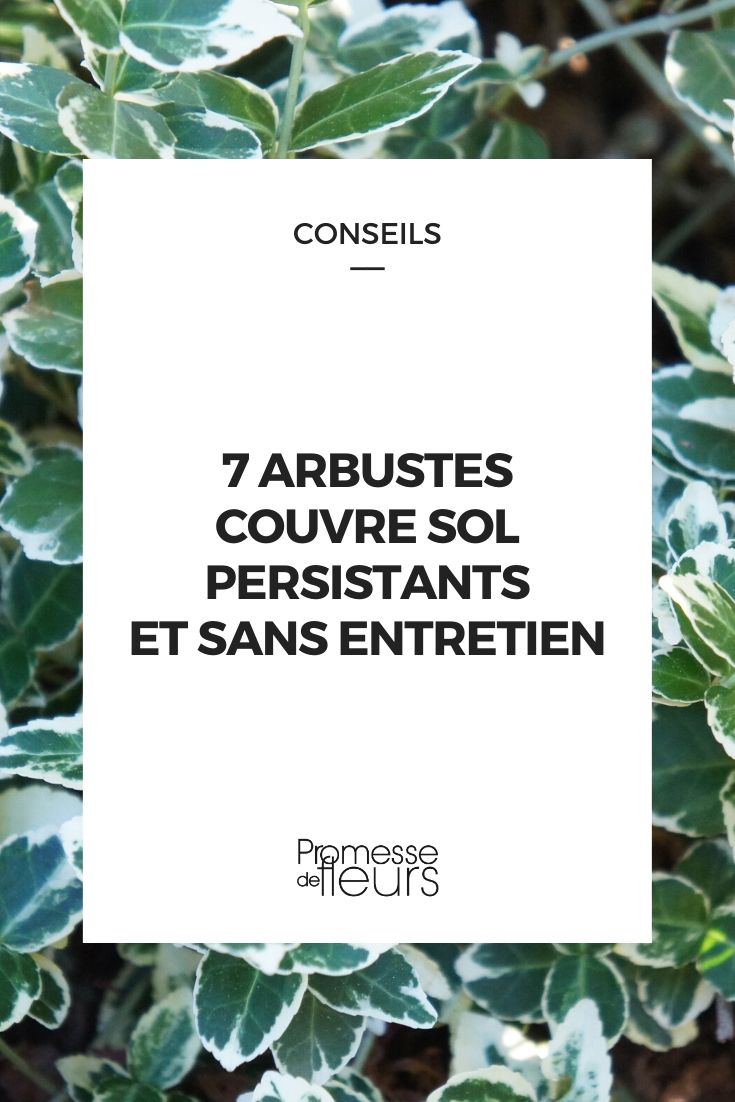































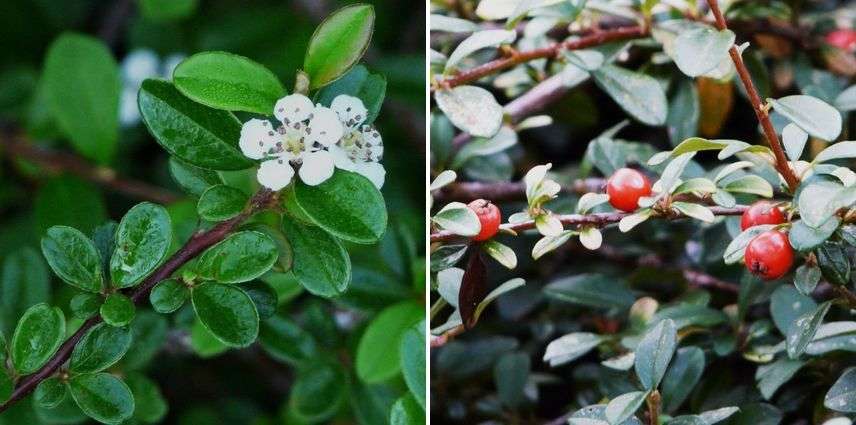
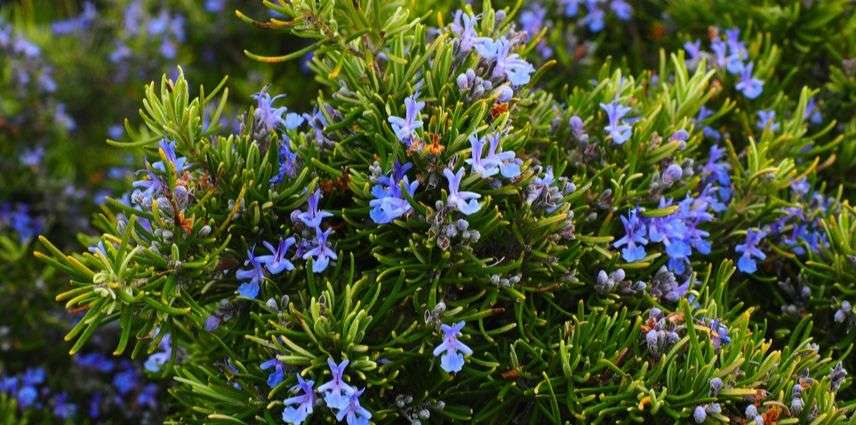



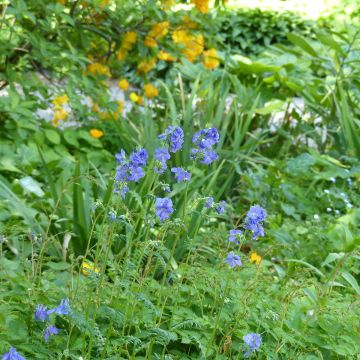
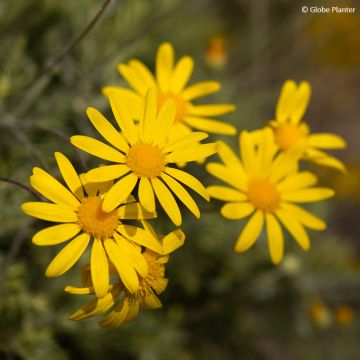
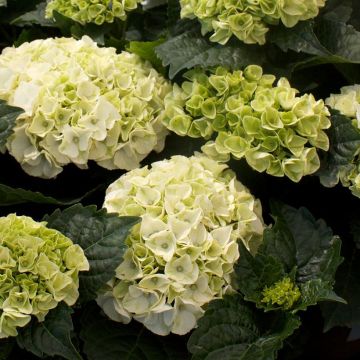
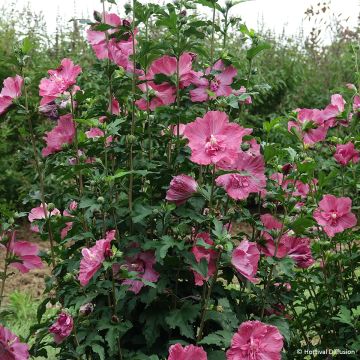



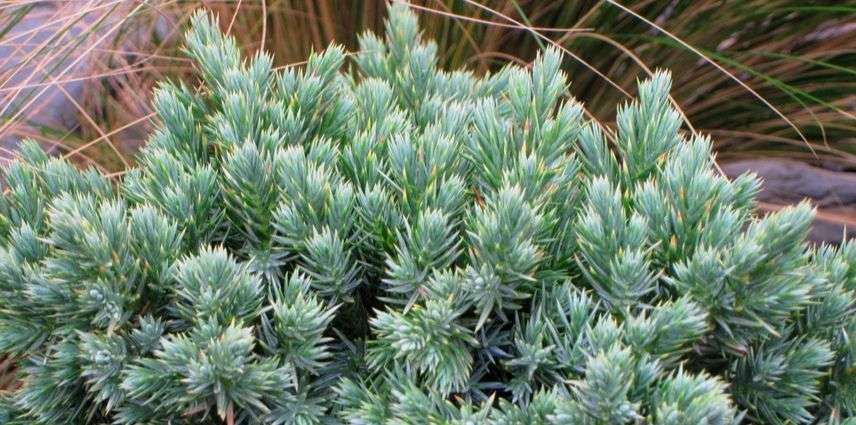
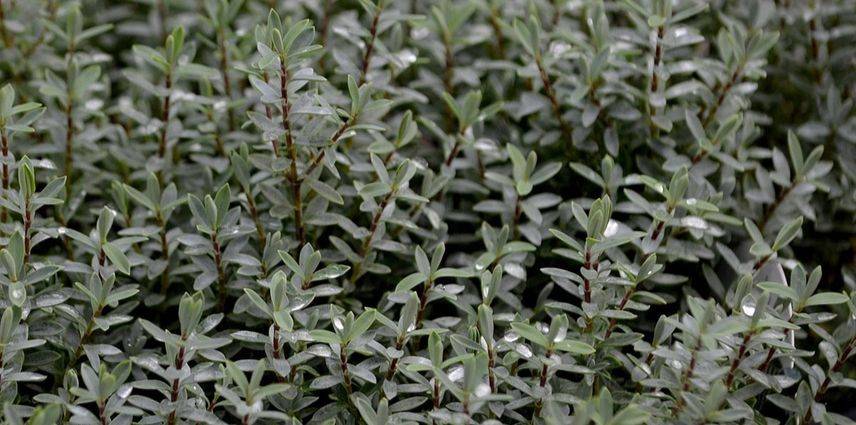
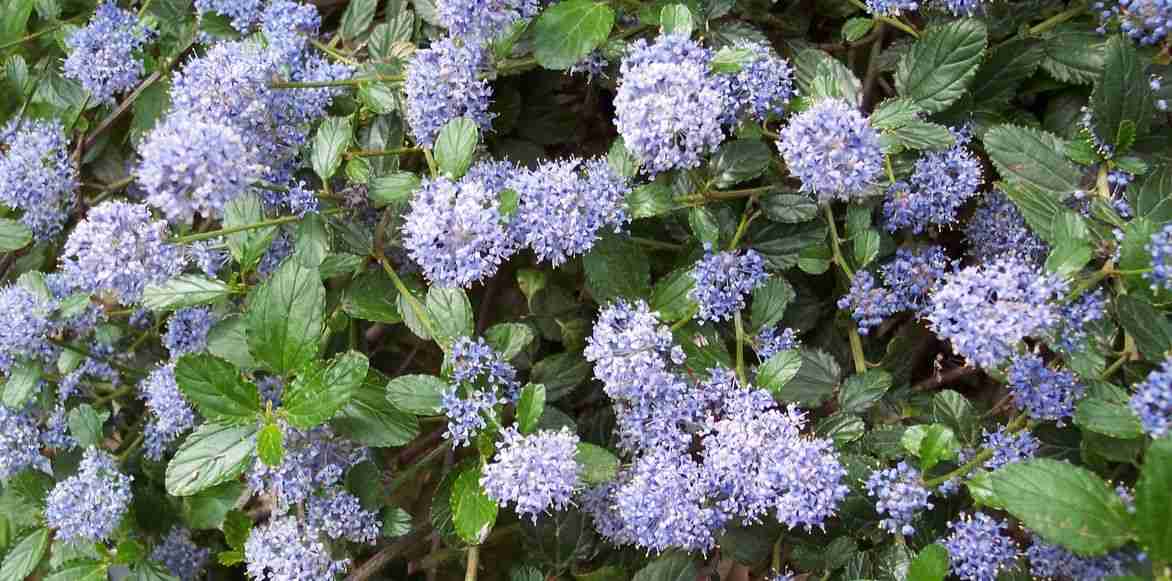
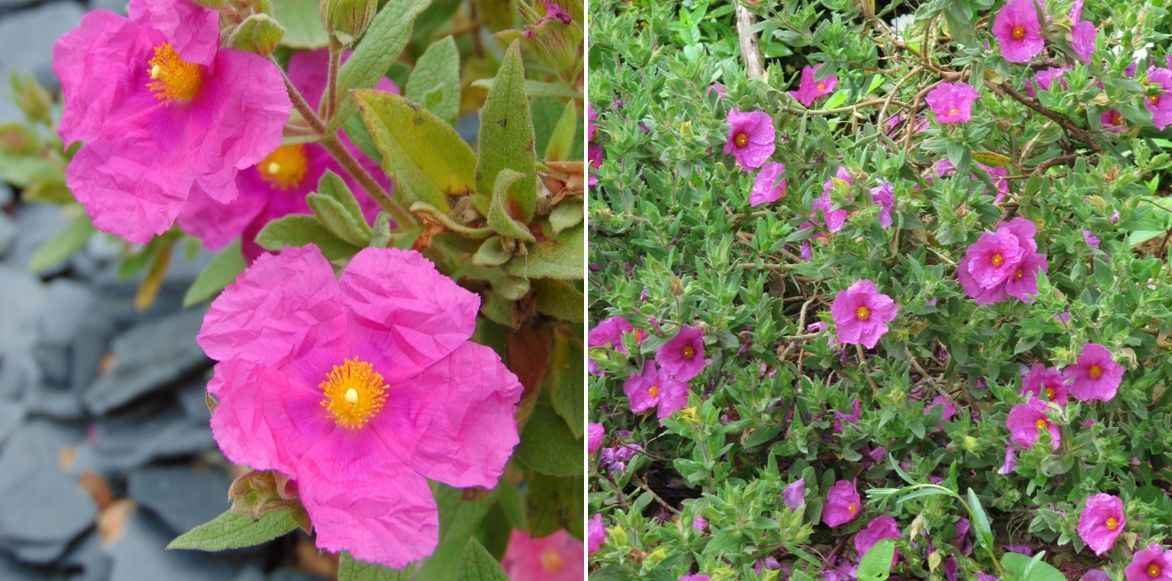
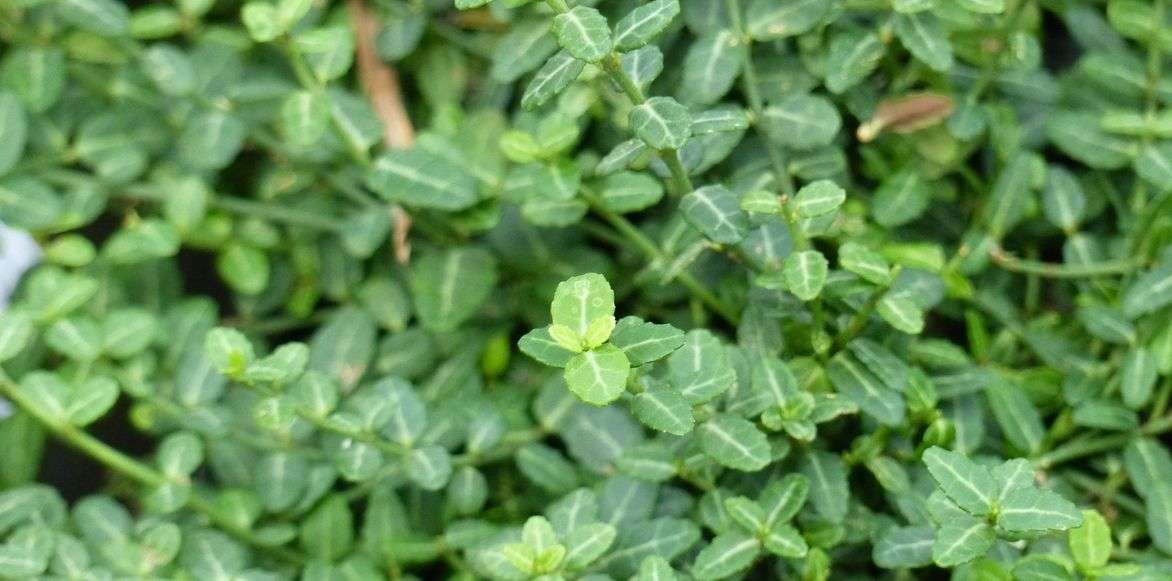
Comments